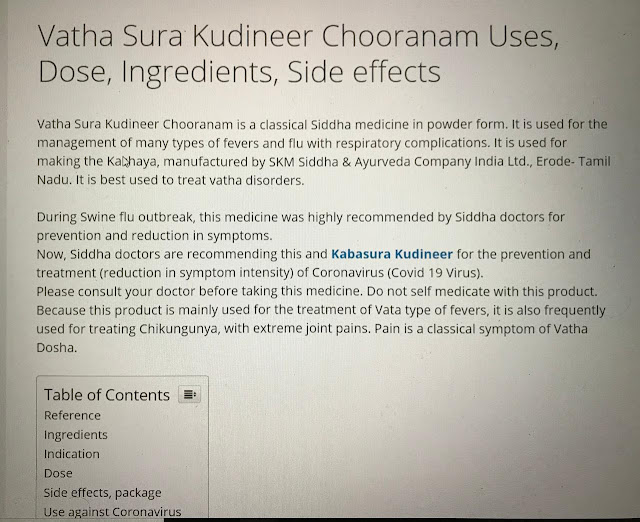For Jack Gilbert's next research project, he'll be exploring a dark, mysterious place where thousands of unique species live, many of them unknown to science. He'll be collecting samples of those species, cataloging them and trying to understand how they live.
He's not heading out on an expedition to the seafloor, a deep cave or anywhere else to do it, however. The specimens will be coming to him, by mail, in the form of thousands of scrapings from people's skin, mouths and stools.
"Of course it's gross, but science and helping people is more important than our sensibilities," Gilbert, who normally studies marine bacteria at the University of Chicago, told TechNewsDaily.
Want to send Gilbert a bit of you? Simply visit his study's crowd-funding page and order a $99 kit to participate.
It's a project whose time has come, says Lita Proctor, who coordinates the Human Mircobiome Project for the National Institutes of Health. She said DNA-analyzing technology — and social media — are finally ready to handle the task, which is being called the American Gut Project.
Ultimately, Gilbert and 28 other U.S. university researchers participating in the American Gut Project hope they can persuade 10,000 people to send scrapings. From those submissions, the researchers hope to learn more about how bacteria, health and diet are related. "How does the Atkins diet affect gut bacteria populations?" and "What bacteria do thinner people tend to have?" are the kinds of questions they should be able to answer, Gilbert said.
As long as they can gather enough volunteers, they plan to publish their first results sometime in 2014, he added.
How to send in a kit
From previous studies, scientists know that humans share their bodies with an enormous number of bacteria, fungi and other creatures. There are 10 times more microbe cells in a human body than human cells, although because of their small size, the microbes weigh only a few pounds altogether. Microbes may influence whether people get certain diseases, whether they're fat or thin, and even what they choose to eat.
Researchers think the tiny tagalongs are essential to knowing how the human body works, yet are just starting to discover exactly what the microbes do. "It's like you've got this important book you need to read," said Proctor, who is not involved in the American Gut Project. "You've been wanting all your life to study this book and yet you're missing 90 percent of the book."
The American Gut Project asks U.S. residents to send in samples from their bodies. Anybody can participate and can choose to submit skin, mouth, stool or multiple samples. They can even send in samples from their dogs and cats.
To get started, participants need to donate at least $99 to the American Gut Project's Indiegogo campaign. In return, researchers will send participants a kit and instructions for taking and submitting their samples. Participants will need to keep a detailed food journal for at least three days, and may submit biological information about themselves, such as their gender, race and any diseases they may have. [SEE ALSO: 8 Cool Science Projects That Can Run Right on Your Home Computer]
Researchers will run the samples through DNA-processing software in supercomputers, which are needed because of the sheer amount of data to be analyzed. The software tells scientists what microbe species a sample contains. Then sophisticated statistical analyses help scientists discover what biological traits are most likely to show up in people with certain microbe species.
As with any other Indiegogo or Kickstarter campaign, participants get prizes for donating to the project. A bigger donation gets participants more in-depth profiles of what their in-house bacteria do. "We hope people will be excited about learning about what's going on in their bodies," Gilbert said.
The right tech, the right time
The time is ripe for this study, Proctor says.
One reason is that the DNA-reading technology for determining which bacteria species are present in each sample has improved rapidly in the last few years, Proctor said. It is able to read DNA faster and in more detail than ever before. "The amount of data you can get from one run, one assay, one experiment, is orders and orders and orders of magnitude more than you could have gotten just a few years ago," she said. At the same time, it's much cheaper, she added.
A smaller advance that has helped the American Gut Project is the increased popularity of crowd-funding sites such as Indiegogo, which launched in 2008. Most of the cost of materials for the project will come from Indiegogo, while government and private grants will pay scientists' salaries, Gilbert said.
Proctor thinks the chances of receiving 10,000 samples are improved by the fact that Americans from many walks of life already know about the teeny creatures with whom they share their bodies. "There's a lot of interest in the American public in the microbiome," she said.
Proctor credited a surprising source for that extra biology education: the commercials that actress Jamie Lee Curtis did for Activia brand yogurt, in which she discussed her digestive system. "They already get there are a lot of good microbes in their gut, and Jamie Lee Curtis told them about it," Proctor said.



Comments
Post a Comment